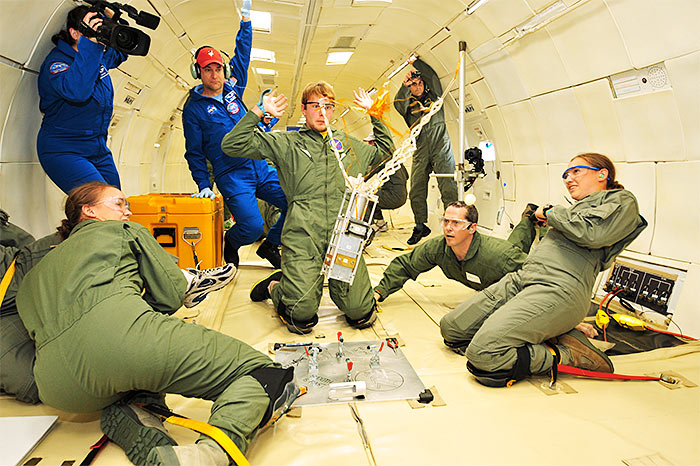
“Unmanned space” guys take note: Unmanned air vehicles are now being escorted by manned fighters.
Earlier this year… an IRIAF (Islamic Republic of Iran Air Force) F-4 Phantom combat plane attempted to intercept a U.S. MQ-1 drone flying in international airspace off Iran…. After this attempted interception the Pentagon decided to escort the drones involved in ISR (intelligence surveillance reconnaissance) missions with fighter jets (either F-18 Hornets with the CVW 9 embarked on the USS John C. Stennis… or F-22 Raptors like those deployed to Al Dhafra in the UAE.
This is significant to space because UAVs are often cited as proof that human flight crews are becoming obsolete. The military, however, is now realizing that UAVs cannot do every job.
The fact is, many jobs can be more easily accomplished by humans and machines, working together, than by machines alone. This is true in space as well as aviation.
As an interesting side note, the US military once considered having manned spacecraft fly escort for high-value satellites (anti-ASAT missions) during times of crisis.
The DARPA Space Cruiser (also called the High-Performance Spaceplane) was a 1980’s concept for a one-man spacecraft that could be launched by the Space Shuttle or an expendable rocket. Using its own propulsion system or a Centaur upper stage, the Space Cruiser could accomplish a variety of missions in cis-lunar space. Proposed missions included satellite inspection and repair, reconnaissance, space control, and the aforementioned anti-antisatellite missions.





